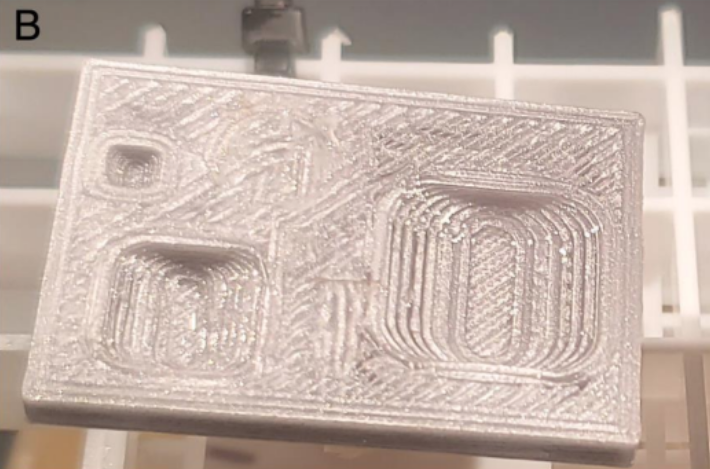Researchers at the California State University, Northridge recently published a paper showcasing their work to optimize coral larval settlement. They tested various microhabitats to determine what structures coral larvae would best settle on.
Using Pocillopora acuta as a model, the team attempted to replicate geological structures common to shallow areas of backreefs located in Moorea, French Polynesia, by 3D printing similar designs.
It was determined that one structure allowed for a 16.4% survival rate of the spawned coral after 20 days, while flat tiles had a 0% survival rate.
I spoke with Lu Shao from Interfish, who has worked to spawn various corals in captivity for the Australian pet trade. He emphasizes that they experienced most spawns settling on grooved areas, which led to customizing tiles to contain as many grooves as possible.
For those who are spawning at scale or wish to test spawning at home, the topology of the settlement area seems to play a crucial role in success.
One thing that comes to mind when I read articles such as this is the effect surface shape may have on the speed of coral growth—could frags grow faster on asymmetric surfaces compared to the smooth tiles many use for grow out? Many companies now incorporate a raised or gritted design into their plugs and tiles—perhaps there’s a way to optimize this structure.



